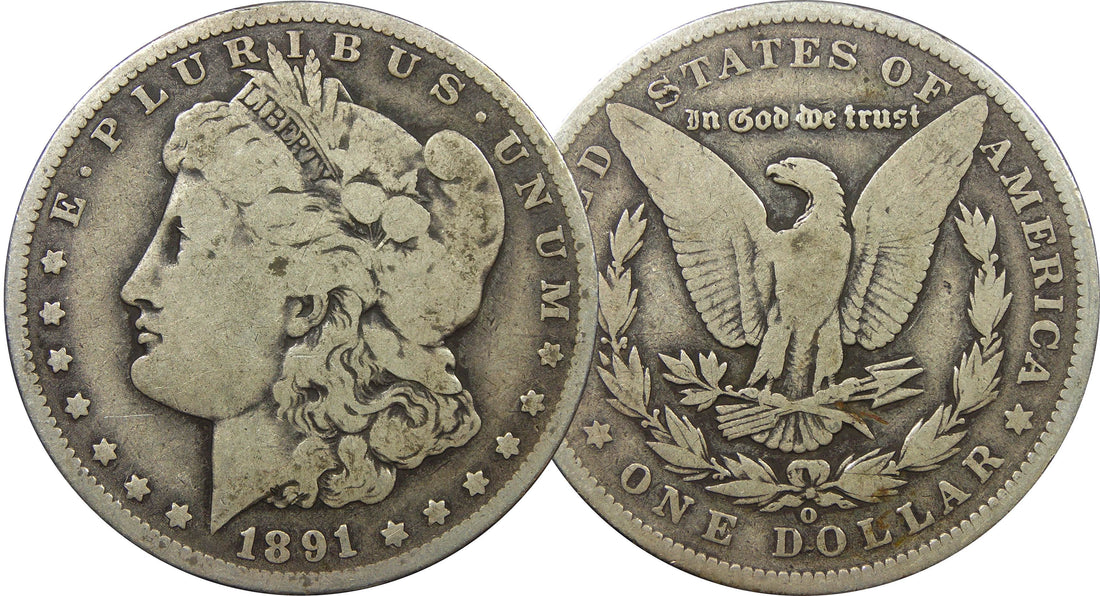
Shipping Coins
Share
I’ve been selling coins online for over a decade, and in that time have sold and shipped thousands of coins – everything from $10 Jefferson War nickels to $1500 Saint-Gaudens double eagles. In that time, I’ve never had a single coin lost, stolen, or damaged in the mail (knock on wood).
Shipping coins across the country doesn’t have to be a nerve-wracking experience for either the buyer or the seller, and doesn’t have to cost more than a couple of dollars. In this short article, I’ll reveals the techniques I use to ensure my coins make it to my customers safely, quickly, and affordably.
The first line of defense in the shipping process is the coin flip. Many online sellers don’t bother with the flip, tossing the coin loose into an envelope or taping it to the side of a piece of paper. Properly securing the coin in a Mylar flip helps ensure that it won’t rattle around in the package. Archival-quality Mylar coin flips (safe for long-term storage) can be purchased in packs of 25 or more for about 10 cents each.
After the coin is secured in the flip, the next step I take is to enclose the flip in a corrugated adhesive coin mailer. The mailer further protects the coin from moving around in the package, and serves as a protective casing against potential drops or rough handling during the shipping transit. Adhesive coin mailers can be purchased for about X cents each.
Next comes the package itself. I typically use a size #000 bubble mailer, just large enough to fit between 1-3 coins (or 1 slabbed coin) enclosed within the adhesive coin mailer. The bubble mailer offers a final layer of protection for the coin.
The final weight of the package will be between 1-3 ounces (depending on what types of coins you’re mailing), with a current cost of $2.60 for USPS first-class large envelope mail. USPS first-class will ensure that the package arrives at its destination in 2-5 days anywhere within the continental U.S. This ship method automatically includes a tracking number, which helps provide both the seller and buyer with better visibility on the coin’s transit.
If you’re selling the coin through a platform like eBay, eBay offers an option for you to purchase the postage directly from their site. If selling through a platform that doesn’t offer that built-in shipping option, you can use Paypal.com/ShipNow to buy your shipping label online and avoid a trip to the post office.
For more expensive coins, I recommend spending an additional $2 on USPS Signature Confirmation for a more secure delivery process. Shipping insurance is also worth considering (though I’ve never bothered), but read the fine print carefully – many insurance companies do not cover collectible coins.